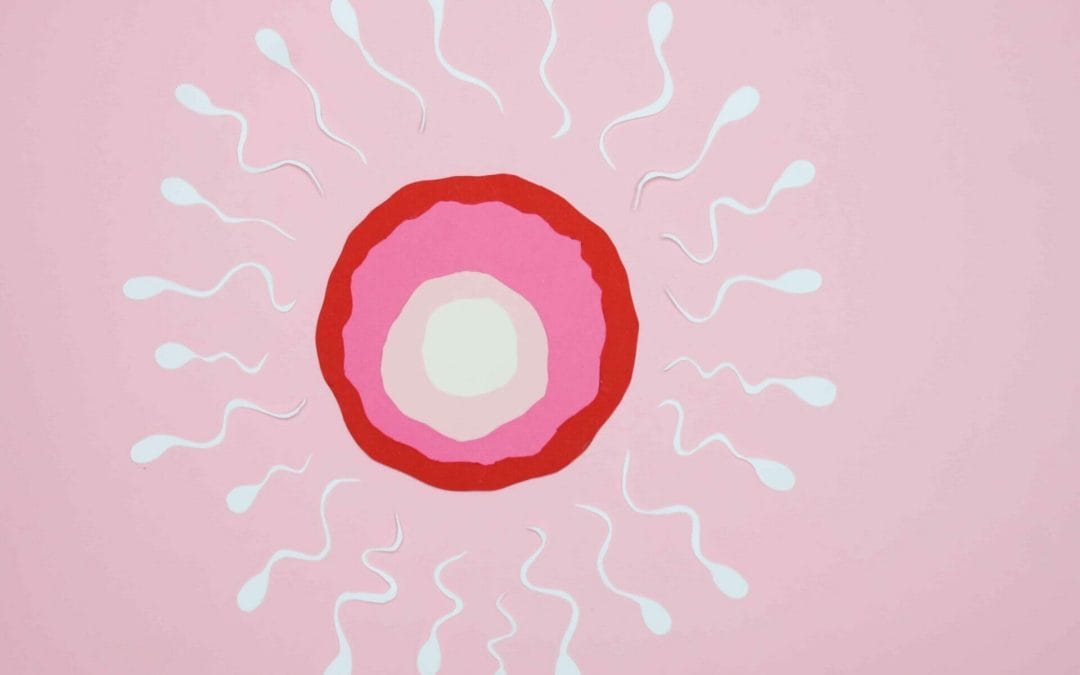Artificial insemination is an effective treatment for many types of infertility occurring in men and women. The most popular type of artificial insemination is called intrauterine insemination (IUI) and involves injecting the sperm directly into the uterus.
The primary advantage of IUI is that it is less invasive than other types of fertility treatments, so it is not as costly. The procedure it straightforward and has little in the way of side effects. This is usually why IUI is the first step for couples who are having difficulty conceiving.
Infertility Types Treatable By Artificial Insemination
There are many types of infertility issues that can be helped by artificial insemination. Usually it is recommended when the male has low sperm counts or sperm immobility. By placing the semen right in the uterus the sperm have a much easier time of reaching the fallopian tubes and finding the mature egg.
Artificial insemination can also help when the female has a condition called “unreceptive cervical mucus”, where the cervical mucus prevents the sperm from reaching the uterus. With artificial insemination the sperm doesn’t have to travel through the cervical mucus, so this infertility problem is resolved. This type of fertility treatment can also help couples who don’t know why they are having fertility issues.
Artificial Insemination Treatment
Before your treatment your doctor will use various techniques to determine whether ovulation has occurred, including blood tests, ovulation kits and artificial insemination. Once your doctor has determined that ovulation has happened your partner will provide a sperm sample, which may be collected at home if you live close to the clinic, or can be done in a private room on the clinic’s premises.
To ensure a higher sperm count your doctor may advise that you and your partner abstain from sexual intercourse for 2 to 5 days before the treatment. Once the sample has been collected it will be put through a process called a ‘wash’, which ensures that only the strongest sperm are used and that any chemicals or other materials are removed.
A catheter, or thin tube is inserted into the vagina, through the cervix and into the uterus. This procedure is generally painless but there may be some mild cramping or light bleeding after it is completed. After the sperm has been injected into the uterus through the catheter the female will be asked to lie in a prone position for 15 to 45 minutes. Depending on whether you are taking fertility drugs more than one egg may be fertilized.
The rate of success of an artificial insemination treatment can vary, and chances will be lower if:
- The female is older
- There is poor quality of the sperm or egg
- There is the presence of endometriosis
- There is damage to the fallopian tubes
Other Facts Of Artificial Insemination
These procedures are not a one size fits all treatment for infertility. It can take a few tries before artificial insemination works for a couple, and for some it may not work at all. Usually fertility doctors will recommend that couples try the less costly and less invasive intrauterine insemination (IUI) along with fertility drugs a few times before moving on to a more complex procedure such as in vitro fertilization.
It is important that couples looking to try artificial insemination approach a few different clinics to compare services and costs before choosing the fertility clinic and doctor they would like to use. Make sure you know exactly what the treatment includes, such as preliminary tests, blood work and hospital stays before you commit, otherwise your final bill may end up being much more than you bargained for.
Talk to your insurance company before you begin as well, since there may be certain portions of the procedures that they cover which will help you cut down on costs, which will give you and your more cash flow for future treatments if required.
If the first few rounds of AI don’t produce results don’t give up, as every time you go through treatment you have a 5-20% chance of getting pregnant. Remember that technology is always advancing and fertility treatments are becoming more successful every single day. If using your own egg or sperm is presenting a problem then you may consider using a donor’s genetic material to get pregnant as well.

